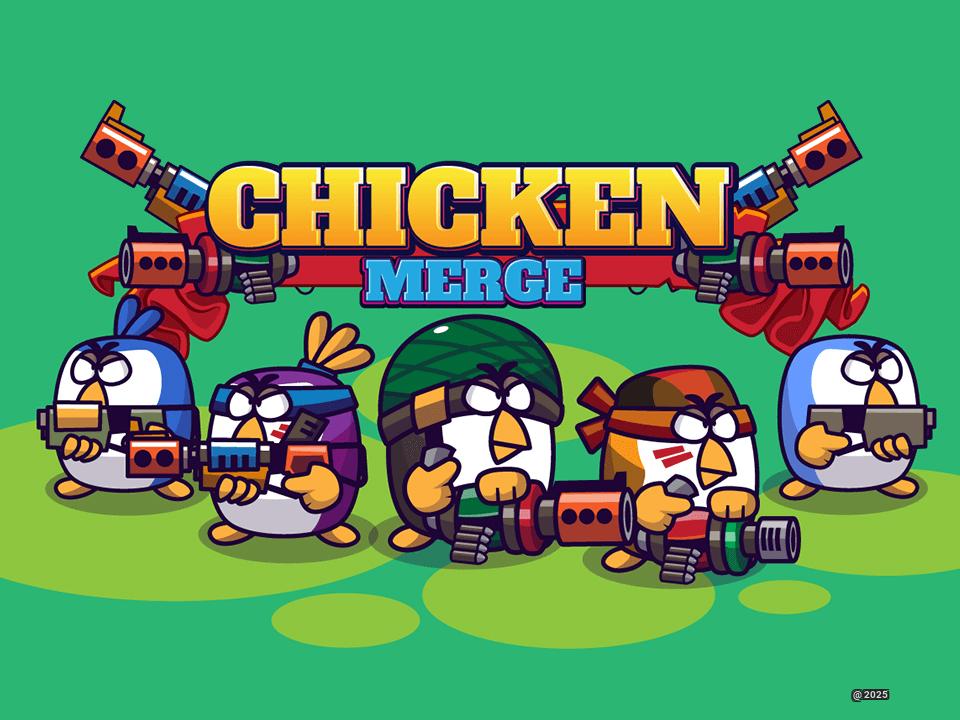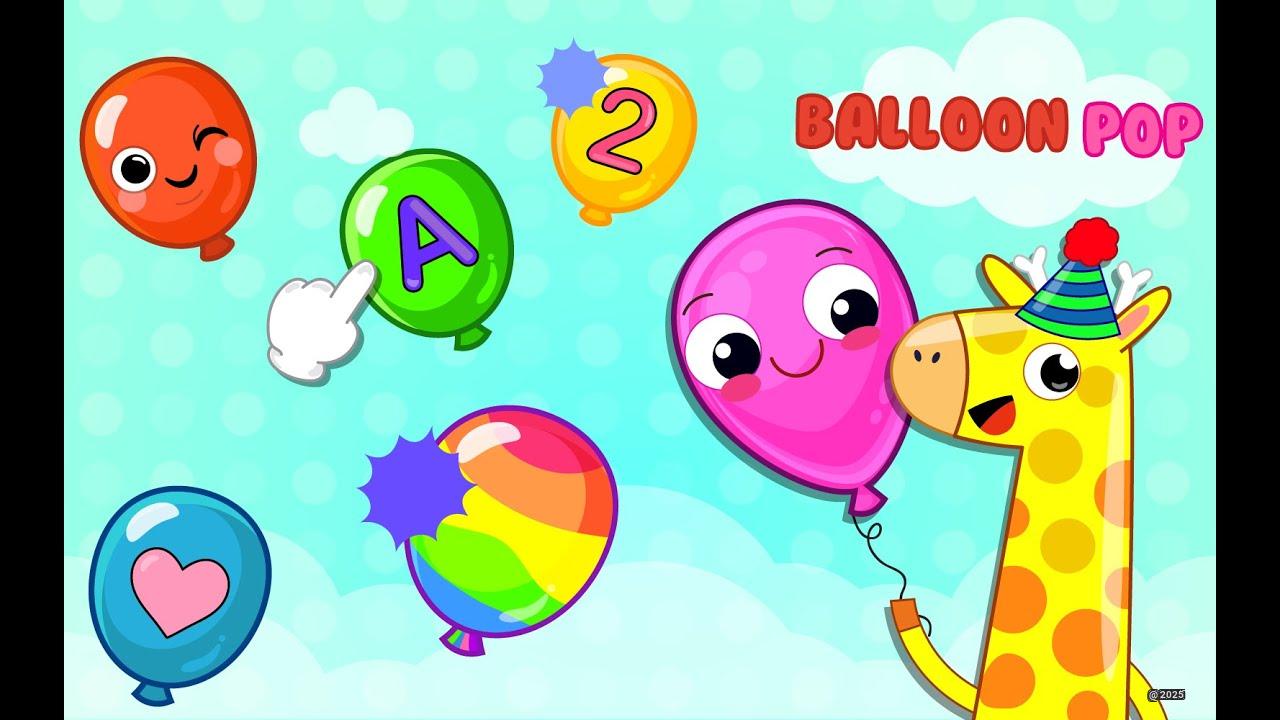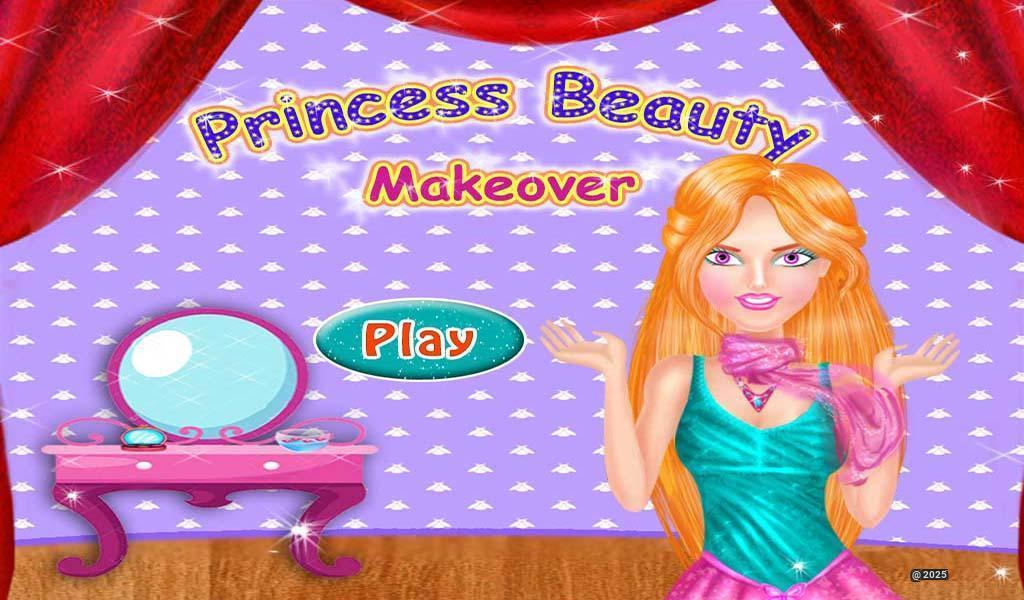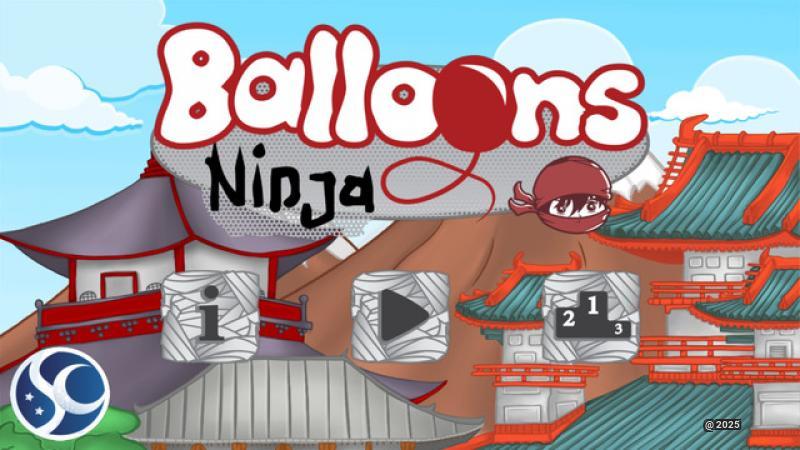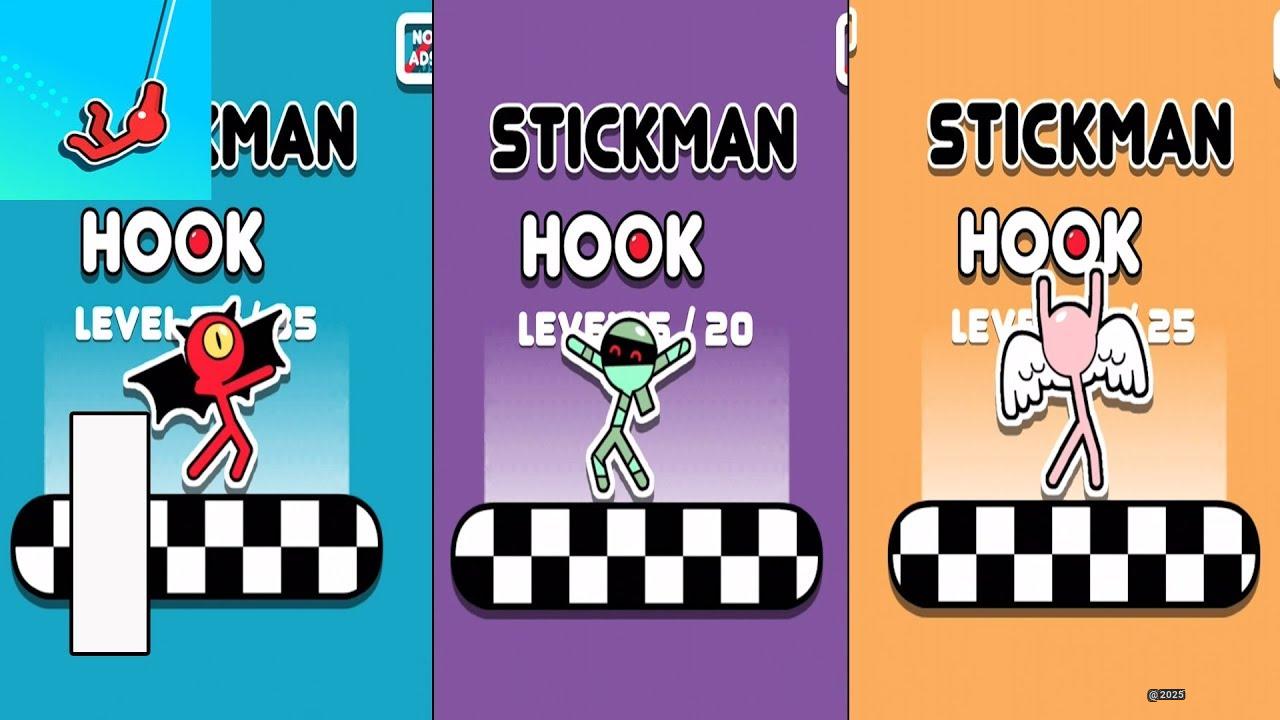Stencil art stands as one of history’s most adaptable and impactful artistic techniques, dating back to prehistoric cave paintings while remaining relevant in today’s contemporary art scene.
Picture a prehistoric artist pressing their paint-covered hand against a cave wall - this simple act marked humanity’s first experiment with stenciling. Fast forward to today, and you’ll find this technique revolutionizing street art, fashion, and commercial design. From Banksy’s powerful political statements to everyday t-shirt designs, stencil art shapes our visual culture in countless ways.
Key aspects that make stencil art remarkable:
- Accessibility - Artists need only basic materials like paper and paint to start creating
- Reproducibility - One stencil can generate multiple identical images
- Versatility - Works on various surfaces from walls to fabric
- Precision - Offers clean, crisp lines impossible to achieve freehand
- Speed - Enables rapid reproduction of complex designs
The beauty of stencil art lies in its democratic nature - anyone can learn it, yet masters can push its boundaries to create incredibly sophisticated pieces. Whether you’re interested in creating bold street art or subtle home décor, stenciling offers endless creative possibilities while maintaining its roots as one of humanity’s oldest artistic techniques.
What Is Stencil Art?
Stencil art stands as one of the most versatile and accessible forms of artistic expression I’ve encountered. At its heart, it’s a creative technique where we cut out shapes or designs from a flat material like paper, plastic, or metal to create a template. When we apply paint or ink through these openings, magic happens - the negative space transforms into striking images on the surface below.
I’ve seen stencil art bring life to everything from city walls to t-shirts. What makes it truly special is its democratic nature - anyone can try it, regardless of their drawing skills. Think of it as a bridge between precision and creativity, where even complex images become achievable through careful planning and execution.
| Common Stencil Materials | Best Used For |
|---|---|
| Mylar | Detailed, reusable designs |
| Cardstock | Single-use, simple patterns |
| Metal | Long-lasting commercial use |
Similar Games
Final Words
Stencil art remains a powerful medium that bridges past and present, connecting prehistoric cave paintings to modern street art. Through simple tools and techniques, artists continue to push creative boundaries while maintaining the accessibility that makes this art form special.
The enduring appeal of stencil art stems from its practical advantages. Artists can produce consistent, repeatable designs with minimal equipment. A single stencil creates dozens of identical prints, making it ideal for both personal projects and commercial applications. The technique shines across diverse surfaces - walls, fabric, wood, and metal all become potential canvases.
Beyond technical benefits, stencil art democratizes creativity. Beginners can start with basic shapes, while experienced artists craft intricate, multi-layered masterpieces. This scalability keeps the medium fresh and engaging across skill levels.
From protest art to home decoration, stenciling adapts to serve varied purposes while maintaining its core simplicity. The technique’s influence spans fashion, graphic design, and fine art, proving its staying power in our visual culture.


